New York City
Summary
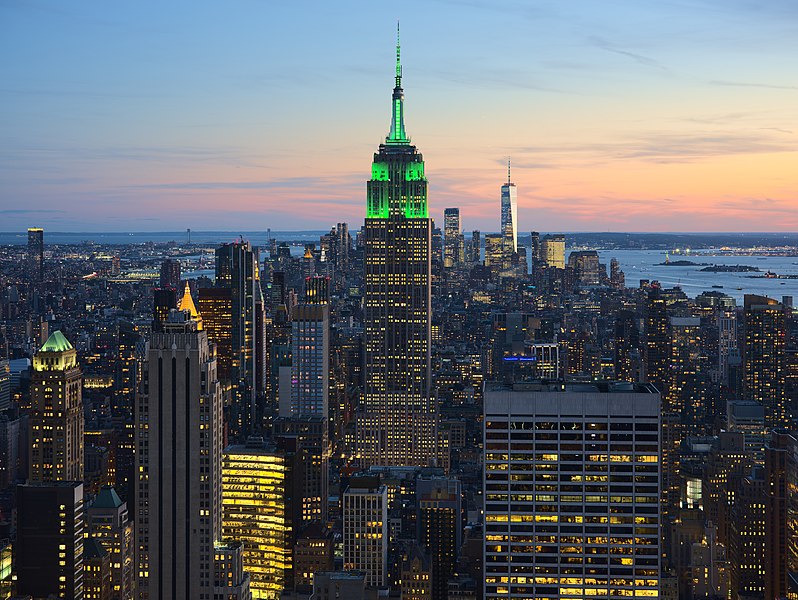
New York City is the largest city in The United States of America and among the largest in the world. The city is comprised of five boroughs (Manhattan, Brooklyn, The Bronx, Queens, Staten Island) situated on America’s East Coast in New York State. New York represents the esteemed “American Dream” in all it’s glory, substantially embodying the economic center of Western civilization. New York is, to many, the most important and significant city in the world. From it’s foundation in 1624 to the modern day, New York has become the unequivocal city of all cities. The center of American financing is stationed on Wall St. and the grander Financial District of Lower Manhattan. New York has become synonymous with the skyscraper, some of the tallest buildings in the world are allocated from Tribeca and The Finance Sector to Midtown and Billionaires Row. The prevalent majority of skyscrapers lie within Manhattan, however, Brooklyn likewise has an expanding Downtown. Architecture is important in New York, with Brownstone townhouses and Germanic estates to Art Deco and Modern themed skyscrapers. The population of New York City stands at 8 million with a sweeping size of 783.8 km². The city has a very diverse community with large quantities of Hispanic, Asian, and African people. Ellis Island, one of the small islands in The Upper Bay, has functioned as the immigration inspection and processing station established in 1965.
Facts
- Eric Adams of The Democratic Party is the current mayor of New York
- The United Nations’ headquarters is stationed in New York
- New York is part of The GMT -5 Timezone
- The language spoken across The United States and New York is English
- New York was originally named New Amsterdam under Dutch rule
- The U.S. Dollar is the legal currency used in New York
- The Stonewall Riots took place in Lower Manhattan of New York
- The Statue of Liberty was constructed in France, 1884
- New York held the tallest buildings in the world from 1908-1973 (Singer Building, Met Life Tower, Woolworth Building, 40 Wall St, Chrysler Building, Empire State Building, World Trade Center)
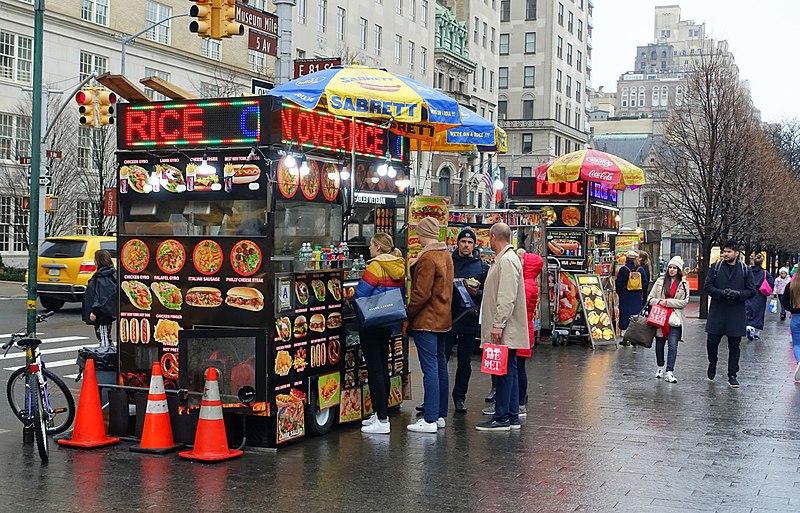
Food & Drink
New York is unique in its diversity, with communities from Europe, The Caribbean, Africa, and Asia, all contributing towards a comprehensive culinary culture. Many Italian immigrants that settled in New York brought dishes like pizza and ice cream to the city, gradually gaining popularity. New York has a high concentration of cuisine related business, ranging from sit-down restaurants and cafes to food stalls and kiosks. Some other popular foods in New York include: Hot Dog, Cheesecake, Pastrami, Fried Chicken, Burger, and Bagels. There are 72 Michelin Star restaurants across New York City. Here are some of the restaurants that we would most highly recommend: Don Angie, Carmine’s, Gotham Restaurant, Aliada, and Shanghai 21. New York is home to a relatively small but significant Chinatown placed in Lower Manhattan that has some of the best Chinese food across The United States. If food is something that interests you, consider New York as it has plenty to offer.
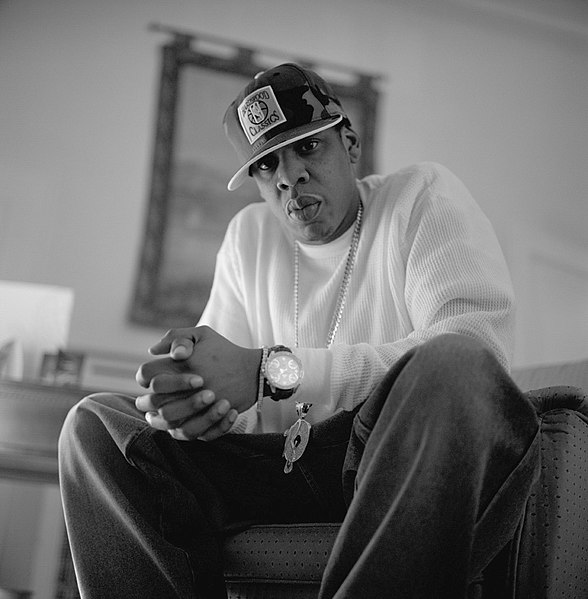
Music
With a very wide range of genres and musical categories, here are some of the biggest names coming out of New York City: The Notorious B.I.G., Lady Gaga, Blondie (Debbie Harry, Clem Burke, Ivan Kral, Tommy Kessler, Chris Stein, Nigel Harrison, Leigh Foxx, Gary Valentine, Matt Katz-Bohen, and more), Alicia Keys, Jay-Z, Lana Del Rey, Kiss (Paul Stanley, Eric Carr, Mark St. John, Peter Criss, Gene Simmons, Tommy Thayer, Bruce Kulick, Ace Frehley, Vinnie Vincent, Eric Singer), Billy Joel, Beastie Boys (MCA, Ad-Rock, John Berry, Mike D, Kate Schellenbach), Nas, Wu-Tang Clan (RZA, Ol’ Dirty Bastard, Ghostface Killah, Raekwon, GZA, Inspectah Deck, U-God, Method Man, Masta Killa, Cappadonna), The Velvet Underground (Lou Reed, Billy Yule, Sterling Morrison, Angus MacLise, Willie Alexander, Walter Powers, John Cale, Moe Tucker, Doug Yule), Ella Fitzgerald, Mariah Carey, Anthrax (Scott Ian, Frank Bello, Joey Belladonna, Jonathan Donais, Charlie Benante), 50 Cent, A Tribe Called Quest (Q-Tip, Ali Shaheed Muhammad, Jarobi White, Phife Dawg), Cyndi Lauper, A$AP Rocky, DMX, Carole King, The Strokes (Julian Casablancas, Albert Hammond Jr, Nick Valensi, Nikolai Fraiture, Fabrizio Moretti), Neil Diamond, The Ramones (Joey Ramone, Dee Dee Ramone, Tommy Ramone, Johnny Ramone, C.J. Ramone, Marky Ramone, Richie Ramone, Elvis Ramone), and many, many more. As you can observe from this long list, that barely scratches the surface, New York is an extremely significant city in music. With a huge rap scene featuring Jay-Z, 50 Cent, and Wu Tang Clan, to rock bands like The Velvet Underground, Blondie, and Anthrax, New York has a rich musical past and present.
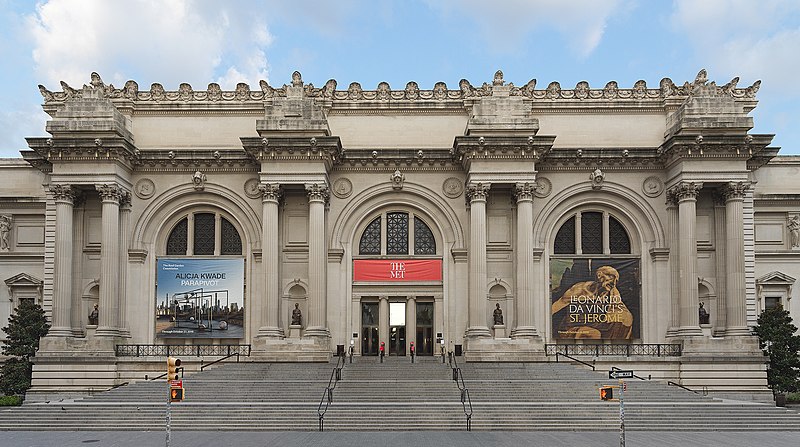
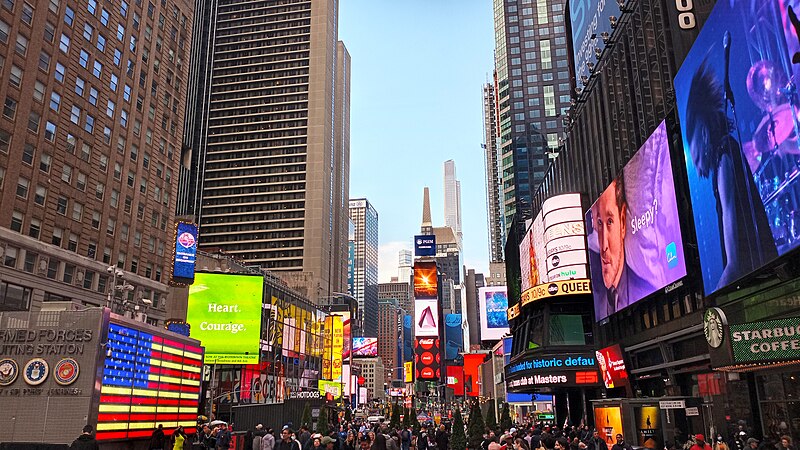
Attractions
- Empire State Building
- The Metropolitan Museum of Art
- One World Trade Center
- Statue of Liberty
- Central Park
- Flatiron Building
- Rockefeller Center
- The Museum of Modern Art
- Wall St.
- One Vanderbilt
- Times Square
- Chrysler Building
- Brooklyn Bridge
- Solomon R. Guggenheim Museum
- 30 Hudson Yards
- 9/11 Memorial & Museum
- Madame Tussauds
- American Museum of Natural History
- Ellis Island National Museum of Immigration
- Yankee Stadium
- The High Line
- United Nations Headquarters
- Broadway
- Chelsea Marketplace
- Chinatown
- Ghostbusters Headquarters
- Museum of The City of New York
- Union Square
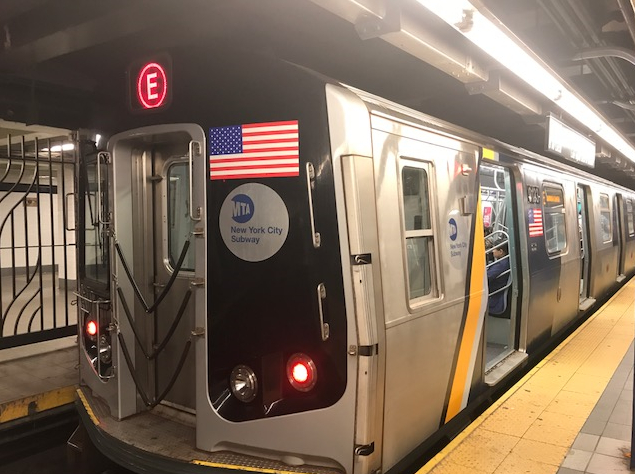
Transport
- The New York Subway: An extremely significant transport network that links the city’s boroughs. Across the 36 lines, approximately 3.2 million people use the subway every day (MTA). Numbers even manage to get over a billion users some years. The network serves primarily for those travelling into the city for work, which, in the past, has prompted instances of local dissatisfaction when compared to cities with a more comprehensive network.
- Taxis/Cabs: New York, being the large busy city that it is, is swarmed with distinctive Yellow and Green Cabs that traverse the metropolis. Taxis that possess a yellow color are called ‘Medallion Taxis’ and they will take you almost anywhere in the five boroughs, taxis with a green coloration are referred to as ‘Boro Taxis’ and stick to Brooklyn, Queens, Upper Manhattan, and The Bronx. Surprisingly, considering the city’s size, cabs in New York are not significantly expensive and often cheaper than an Uber.
- New York Ferries: Mostly catering to tourists, The New York Ferry provides important sightseeing connections to smaller islands in the area. The various services link the boroughs through the Hudson and East rivers, on top of Governors Island, Ellis Island, and Liberty Island. The ferries are not simply exclusive to tourists however, they may play an important role in the travel of those living on Staten Island or in New Jersey/Jersey City.
Airport(s)
- John F. Kennedy Airport
- LaGuardia Airport
- Newark Liberty Airport
- Teterobo Airport
Architecture
New York’s architectural scene is ubiquitous and disorganized with an enormous mixture and variety of styles and approaches. From its establishment in 1624 the city remained an average sized port town, until the late 1800’s when it took on a complete re-development of sorts, transforming it into the dense concrete jungle it is today. Through the 1900’s the city grew taller with every building, managing to host the tallest buildings through the majority of the century. Of course, influences from the English and Dutch are prominent in the city when you put things into historical context, however, the city additionally plucks inspiration from German, French, and Scottish themes of architecture. While Art Deco was not initially a New York style, the city has become notorious and celebrated for it. New York is recognized as one of the most compact and dense cities in North America with an extreme concentration of buildings in The Financial District, Midtown, Garment District, and Downtown Brooklyn. Not in any other city in the world will you find the abundance of unique skyscrapers that New York boasts.
Art Deco
Art Deco, short for ‘Arts decoratifs’ is a very prominent New York style that originated in France. The style is iconic for it’s streamlined geometric patterns and shapes, often creating an impression of luxury. The design takes a vast array of forms, commonly displaying the colors black and gold, or alternatively white and gray. Art Deco architecture exploded in popularity around the 1920’s and 1930’s. New York was not the only one to take on the style in The States however. Chicago, Pittsburgh, Washington D.C., Baltimore, even Tulsa and Houston in Texas. Some of the top Art Deco structures in the city include: The Empire State Building, Chrysler Building, One Wall Street, Rockefeller Center, 70 Pine Street, Rockefeller Plaza, Flatiron Building, Bryant Park Hotel, The El Dorado, and The Walker Tower. New York is the preeminent city of choice in order to fully experience the genius of Art Deco architecture.
Neoclassical
Neoclassical architecture, or Classic Revival architecture, is one of New York’s most prominent and reputable styles of architecture that takes on a considerable portion of the city’s history. Neoclassic styles typically follow the white on white palette with the occasional advent of browns and oranges. Symmetry is intensely important in Neoclassicist architecture. Significant characteristics of Neoclassical architecture include: Impressive grandeur, polished stone and porcelain, straight geometric shapes with little curvature, undeviating use of Greek Columns, and substantial incorporation of sculpture and art pieces. The style is often associated with the matters of law and politics. Domed roofs, spirals, triangular pediments, and many other unique architectural themes/objects make Neoclassical architecture. There is a great plenitude of Neoclassical styles in and around Manhattan’s Southern tip, including The Financial District, Tribeca, and Soho, as well as a presence around Manhattan’s Central Park. Stand out structures of the genre include: The Federal Hall, Woolworth Building, Gould Memorial Library, New York Stock Exchange, Columbia University, and St. Jean Baptiste Church.
International
International architecture is a loosely defined style of architecture that has a lot in common with forms of Modern architecture. The style truly emerged after WW2, beginning in Western Europe, The Netherlands, Germany, France, etc. Consistent themes of International architecture include: Overwhelming usage of glass and concrete, repetitive and verbose forms, straight geometric shapes, no fine details, frequently very tall and/or large. The style had appeared in doses across Europe, however, it was augmented and reformed upon in The United States, taking presence in virtually every American city. The vast majority of skyscrapers relate in some way to International architecture. Some of New York’s most notable International approaches include: The One World Trade Center,